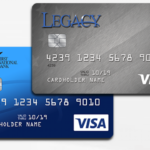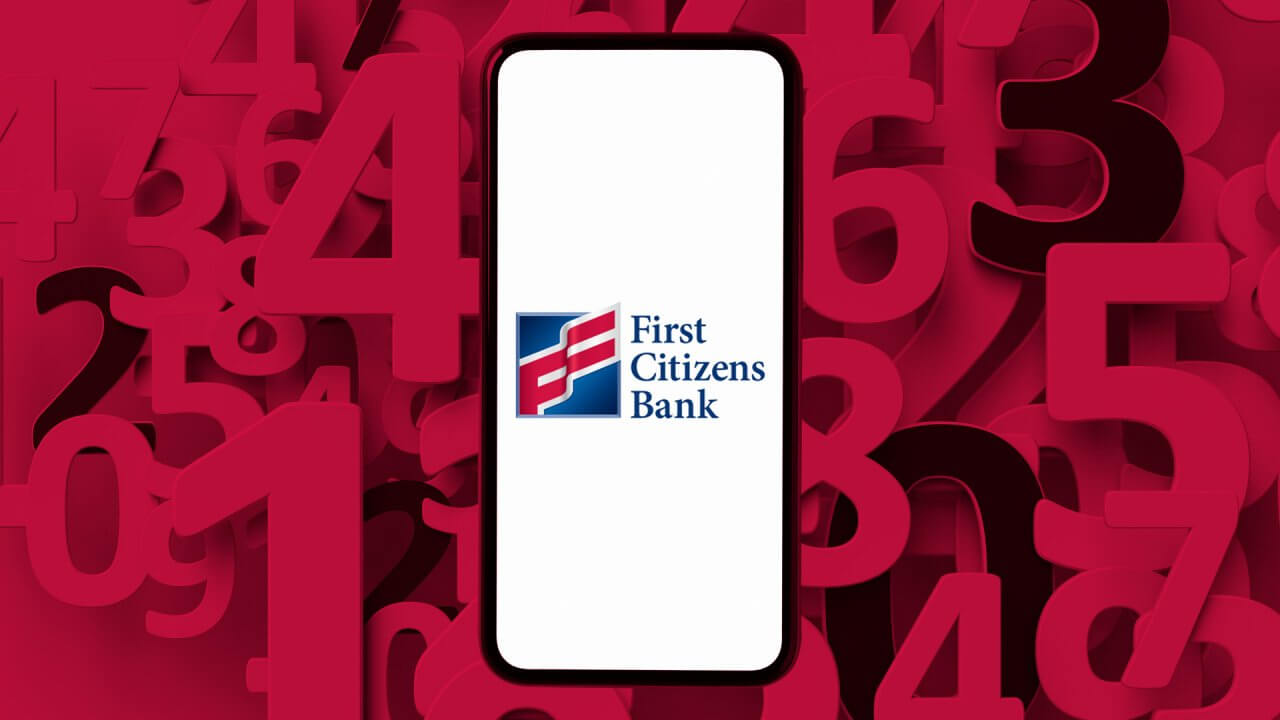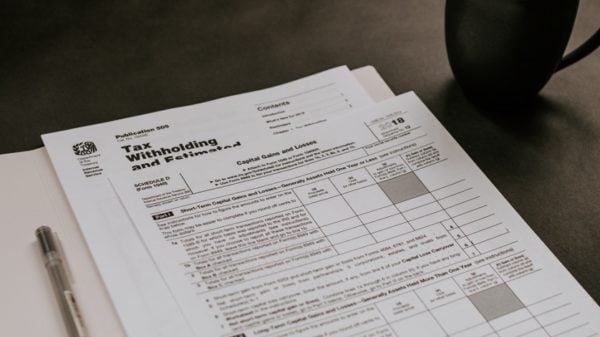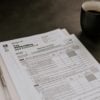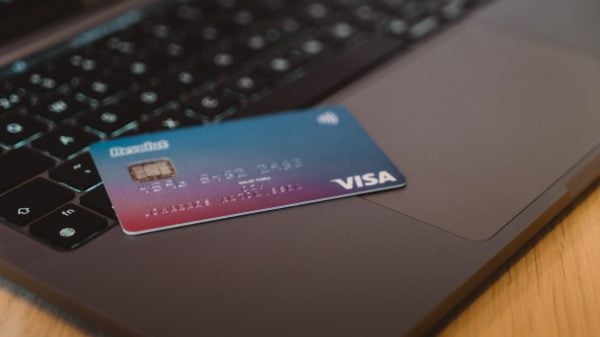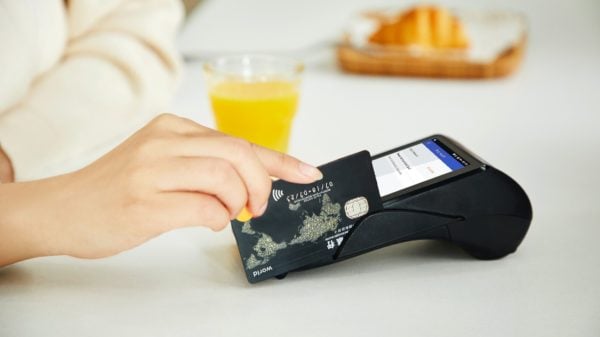Banks are significant industries in the world today. Almost all people use banks for their transactions. Banks have meticulous systems to ensure that their clients’ money is safe. One way to ensure it is through the use of routing numbers.
But first, you should know First Citizens Bank’s history. It got established as the Bank of Smithfield in the year 1898. It was the first-ever bank in Johnston County. Under different management, the Bank of Smithfield was given the new name First National Bank of Smithfield. It became one of the leading banks, especially after World War I when there was a spike in the cotton and tobacco industry.

A photo showing the logo of First Citizens Bank.
A merger took place together with Citizens National Bank in 1929. Thus, they gave the bank the name First Citizens Bank & Trust Company because of the merger. That name was never changed since then and gets used until today. Since then, the bank expanded to other states in America and remained one of the leading banks.
Being a large bank in the United States, it is just proper for First Citizens Bank to use a routing number. Everyday transactions through banks like bill payments, direct deposit, check processing, wire transfers, and the like need this routing number to get processed.
In essence, a routing number is necessary for you to transfer money from one account to another. Another thing to remember is that one bank may have different routing numbers depending on location or the task you want to do. However, no two banks will have the same routing number. A routing number is like the identification of the bank you belong to.
As for First Citizens Bank, they have different routing numbers for each state. They also have separate routing numbers for wire transfers and direct deposits. If you are processing a check, you need the routing number to identify the check’s endpoints to get cleared. If you do not know where your routing number is, check the nine-digit set of numbers on your check’s lower-left corner. Just so you will not get confused, the group of numbers on the middle bottom portion of the check is your account number, while the one on the lower-right is the check number.
First Citizens Bank also provides routing numbers for overseas transactions. If you are to receive money outside of the United States, you must give the sender a code called Society for Worldwide Interbank Financial Telecommunication (SWIFT). The SWIFT code will be necessary for the international transactions between the sending bank and the receiving bank. Usually, the SWIFT code is eight to eleven digits, and it has letters and numbers. The SWIFT code for First Citizens Bank users is FCBTUS33. Unlike local transactions, wherein the routing number is different per state, the same SWIFT Code or routing number is used for all states in international transfer cases.
To be sure with your routing number when transacting with First Citizens Bank, you can physically present your check to the bank or call them.



























